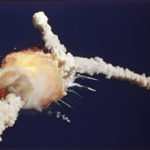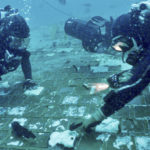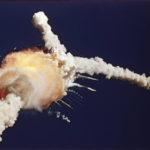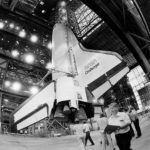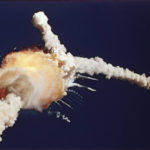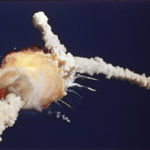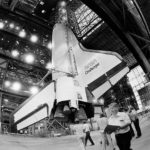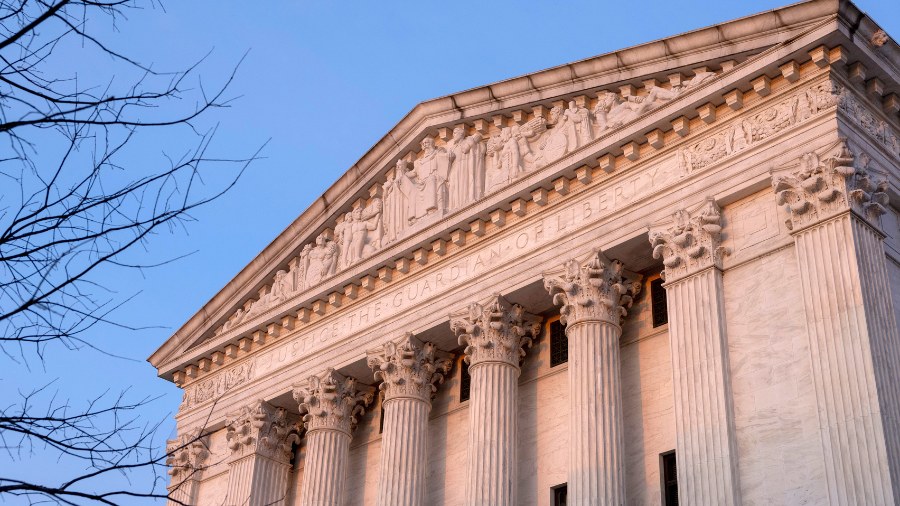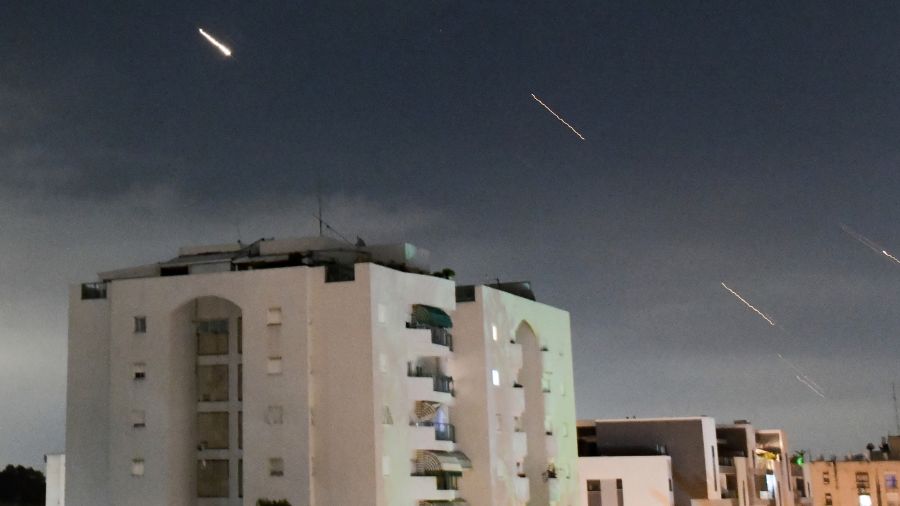Section of destroyed shuttle Challenger found on ocean floor
Nov 9, 2022, 6:42 PM | Updated: Nov 13, 2022, 11:46 pm

FILE - The space shuttle Challenger is destroyed shortly after lifting off from Kennedy Space Center, Fla., Tuesday, Jan. 28, 1986. All seven crew members died in the explosion, which was blamed on faulty o-rings in the shuttle's booster rockets. On Thursday, Nov. 10, 2022, NASA announced that a large section of the destroyed spacecraft has been found buried in sand at the bottom of the Atlantic, more than three decades after the tragedy that killed a schoolteacher and six others. (AP Photo/Bruce Weaver, File)
(AP Photo/Bruce Weaver, File)
CAPE CANAVERAL, Fla. (AP) — A large section of the destroyed space shuttle Challenger has been found buried in sand at the bottom of the Atlantic, more than three decades after the tragedy that killed a schoolteacher and six others.
NASA’s Kennedy Space Center announced the discovery Thursday.
“Of course, the emotions come back, right?” said Michael Ciannilli, a NASA manager who confirmed the remnant’s authenticity. When he saw the underwater video footage, “My heart skipped a beat, I must say, and it brought me right back to 1986 … and what we all went through as a nation.”
It’s one of the biggest pieces of Challenger found in the decades since the acciden t, according to Ciannilli, and the first remnant to be discovered since two fragments from the left wing washed ashore in 1996.
Divers for a TV documentary first spotted the piece in March while looking for wreckage of a World War II plane. NASA verified through video a few months ago that the piece was part of the shuttle that broke apart shortly after liftoff on Jan. 28, 1986. All seven on board were killed, including the first schoolteacher bound for space, Christa McAuliffe.
The underwater video provided “pretty clear and convincing evidence,” said Ciannilli.
The piece is more than 15 feet by 15 feet (4.5 meters by 4.5 meters); it’s likely bigger because part of it is covered with sand. Because there are square thermal tiles on the piece, it’s believed to be from the shuttle’s belly, Ciannilli said.
The fragment remains on the ocean floor just off the Florida coast near Cape Canaveral as NASA determines the next step. It remains the property of the U.S. government. The families of all seven Challenger crew members have been notified.
“We want to make sure whatever we do, we do the right thing for the legacy of the crew,” Ciannilli said.
Roughly 118 tons (107 metric tons) of Challenger debris have been recovered since the accident. That represents about 47% of the entire vehicle, including parts of the two solid-fuel boosters and external fuel tank.
Most of the recovered wreckage remains buried in abandoned missile silos at Cape Canaveral Space Force Station. The exception is a left side shuttle panel on display at Kennedy Space Center’s visitor complex, alongside the charred cockpit window frame from shuttle Columbia, which broke apart over Texas during reentry in 2003, killing seven astronauts.
Far less has been recovered of Columbia — 42 tons (38 metric tons) representing 38% of the shuttle. The Columbia remains are stored in converted offices inside Kennedy’s massive hangar.
Launched on an exceptionally cold morning, Challenger was brought down by eroded O-ring seals in the right booster. Columbia ended up with a slashed left wing, the result of foam insulation breaking off the external fuel tank at liftoff. Mismanagement was also blamed..
A History Channel documentary detailing the latest Challenger discovery airs Nov. 22.
___
The Associated Press Health and Science Department receives support from the Howard Hughes Medical Institute’s Department of Science Education. The AP is solely responsible for all content.
Copyright © The Associated Press. All rights reserved. This material may not be published, broadcast, rewritten or redistributed.

